Discover 10 hidden attractions, cool sights, and unusual things to do in Krumbach (Germany). Don't miss out on these must-see attractions: Sankt Ulrich, Mittelschwäbisches Heimatmuseum, and Sankt Michael. Also, be sure to include Church of the Holy Apostles in your itinerary.
Below, you can find the list of the most amazing places you should visit in Krumbach (Bavaria).
Table of Contents
Sankt Ulrich
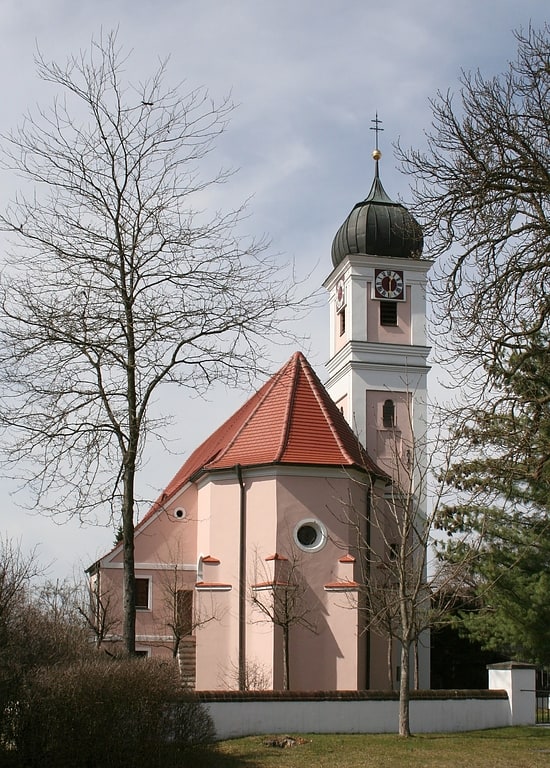
St. Ulrich in Krumbach is the church of the village of Hürben, which was independent until 1902. According to its present appearance, the church is a baroque church, but the walls of the building are much older.
Address: Raunauer Str. 24, 86381 Krumbach (Schwaben)
Mittelschwäbisches Heimatmuseum
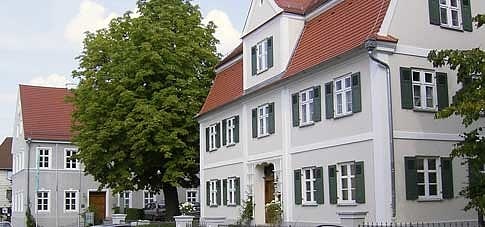
The Middle Swabian Museum of Local History was founded in 1908 and is located in the center of Krumbach. The exhibition area is 1500 m2.
Address: Heinrich-Sinz-Straße 3-5, 86381 Krumbach (Schwaben)
Sankt Michael
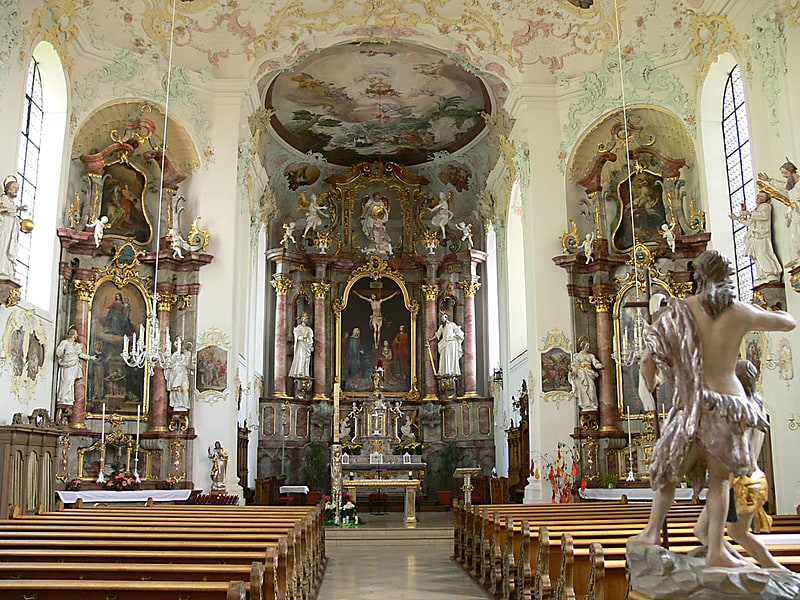
St. Michael is the Catholic parish church in the Swabian town of Krumbach in the district of Günzburg.
Church of the Holy Apostles
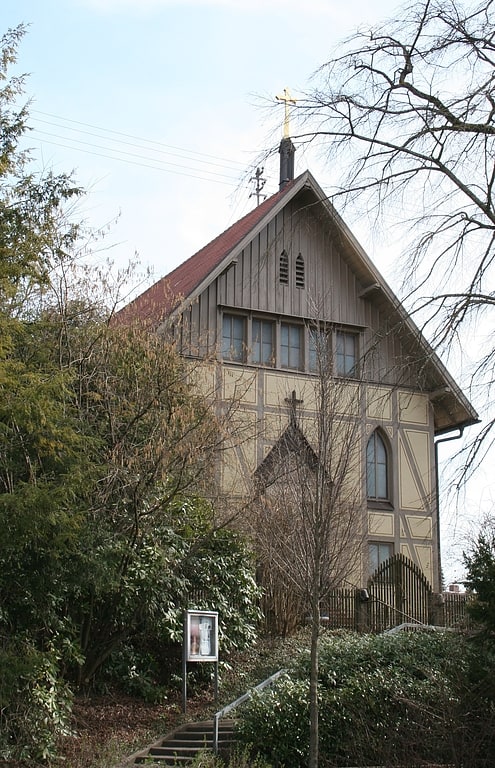
The Church of the Apostles is a, today Evangelical Lutheran, church in the eastern part of Krumbach, the former Hürben.
Address: Burgauer Str. 24, 86381 Krumbach (Schwaben)
Mühlkapelle
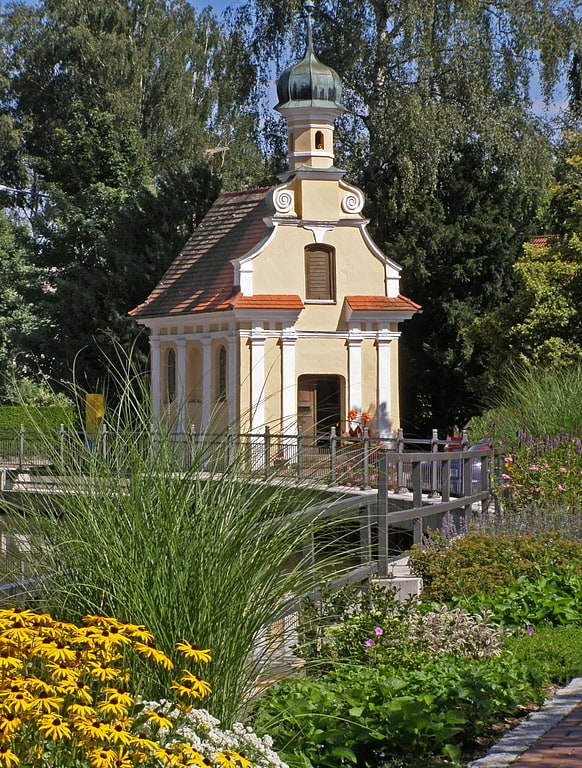
The Mühlkapelle Krumbach is a baroque chapel on the right bank of the Kammel in Krumbach.
Old Town Hall

Also known as: Altes Rathaus
The Old Town Hall in Krumbach, Swabia, is a 17th-century multi-story building located on the town's market square. It is one of the town's landmarks.
Address: 1 Marktplatz, Krumbach
Krumbacher Schloss
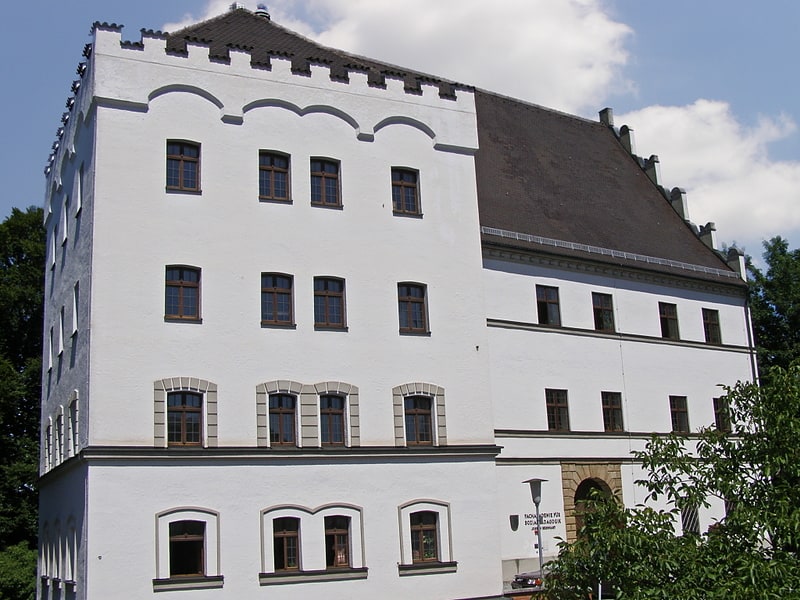
Krumbach Castle is a three-story Renaissance building built in 1530 in Krumbach in the Swabian district of Günzburg. The castle and the Catholic parish church of St. Michael standing next to it, built at the northernmost end of the narrow ridge between the valleys of the Kammel and the Krumbach, dominate the view of Krumbach.
Address: 1 Burgberg, Krumbach
Maria-Hilf-Kirche

Maria-Hilf-Kirche, officially St. Mary, Helper of Christians, is a Catholic parish church in Hürben, the eastern part of Krumbach. It was built between 1966 and 1968 and is the largest church built after World War II in southern Germany. The fact that such a large church was built is related to the fact that the population of Krumbach approximately doubled after the war due to the influx of displaced persons and grew even more in the following years. The building was planned by the Ulm architects Manfred Wacker and Erich Niederbacher.
Trachtenforschungs- und beratungsstelle des Bezirks Schwaben
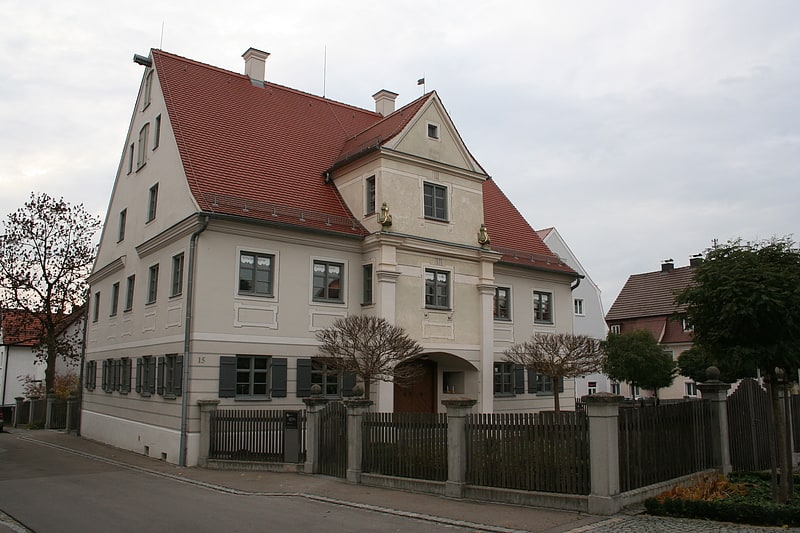
The Landauer House is a listed building in Hürben, the eastern part of Krumbach, which today houses the Trachtenkultur-Beratung Bezirk Schwaben. The house is named after the horse trader Raphael Löw Landauer. The listed house is still largely in its original condition and is one of the few remaining Jewish residential buildings.
Address: 15 Hürbener Straße, Krumbach
Ehem. Synagoge
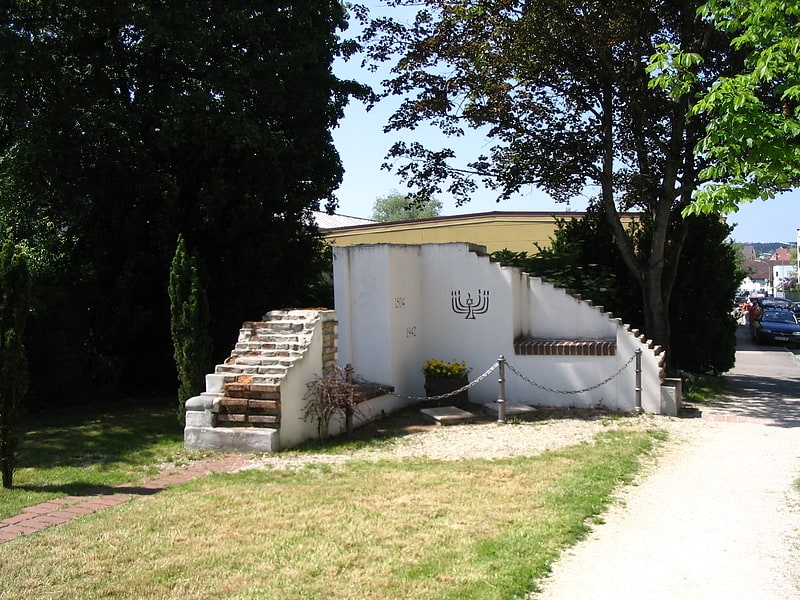
The Jewish community of Hürben was a Jewish community existing from 1675 to 1942 in the Swabian town of Hürben - since 1902 part of the town of Krumbach - in the district of Günzburg in Bavaria. It included 652 community members in 1840 and 123 in 1900. In 1938, all Jewish citizens of Hürben still living there were initially taken to the Günzburg prison. By 1941, 27 people were able to emigrate, another 18 moved to other towns and the last 16 were deported from Hürben and murdered in 1942. In total, 38 Jews who were born in Hürben or Krumbach or lived here for a long time perished during the Nazi period.